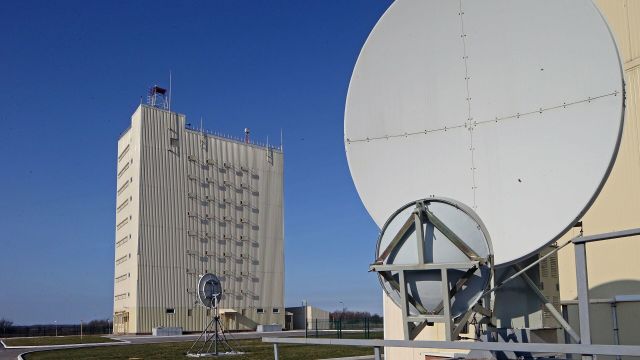As part of the combat duty in 2021, more than 170 launches of foreign and domestic ballistic missiles and space missiles were detected by the on-duty means of the Russian missile attack warning system, specialized means of space control and missile defense systems. This was reported in the Ministry of Defense of the Russian Federation.
It is known that the ground echelon of this system is based on Voronezh-type radar stations. Seven such radars are on combat duty in the Leningrad, Kaliningrad, Irkutsk and Orenburg regions, as well as in the Krasnodar, Krasnoyarsk and Altai Territories. In addition, a new station is being built in the Murmansk region.
Earlier, the general designer of this system, Sergey Boev, said that the radar near Murmansk will work in the decimeter range. It is known that the new defense facility, being built on a hill with a height of more than 400 meters above sea level, will provide radar control of air and space over the Arctic and the main missile-dangerous direction in the north of the country. According to Boev, this station will be about three times more powerful than all the radars already created.
Recall that the construction of a network of new radar stations in Russia began in 2005. They track missile launches all over the world and, as if with a giant shield, cover Russia from all directions. For example, the Yeniseisk station alone controls all ballistic missile launches and the flight path of space objects the size of a tennis ball in the vast territory between Greenland and Japan. The radar shift on duty is capable of detecting and escorting up to 500 similar targets from a distance of up to 6 thousand kilometers.
This is not just a new generation station, but also a so-called high factory readiness. Its elements are delivered to the construction site in containers, which are assembled like a children's constructor. It takes from one and a half to three years to do everything, while previously such radars were built at least three times longer. And it's not just about the minimum construction time. The Voronezh station is saturated with equipment, with the help of which specialists need a few minutes to determine the launch site of the rocket, its class, possible combat load and flight path.
Yuri Gavrilov

